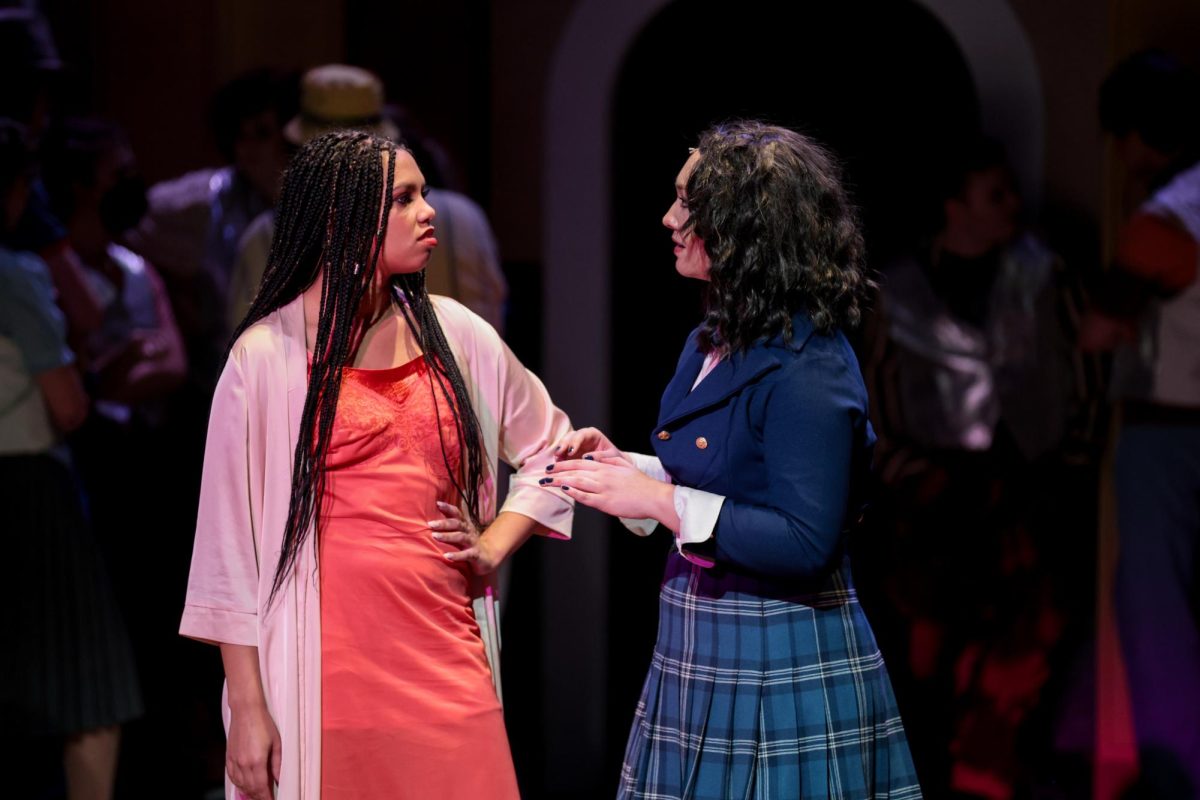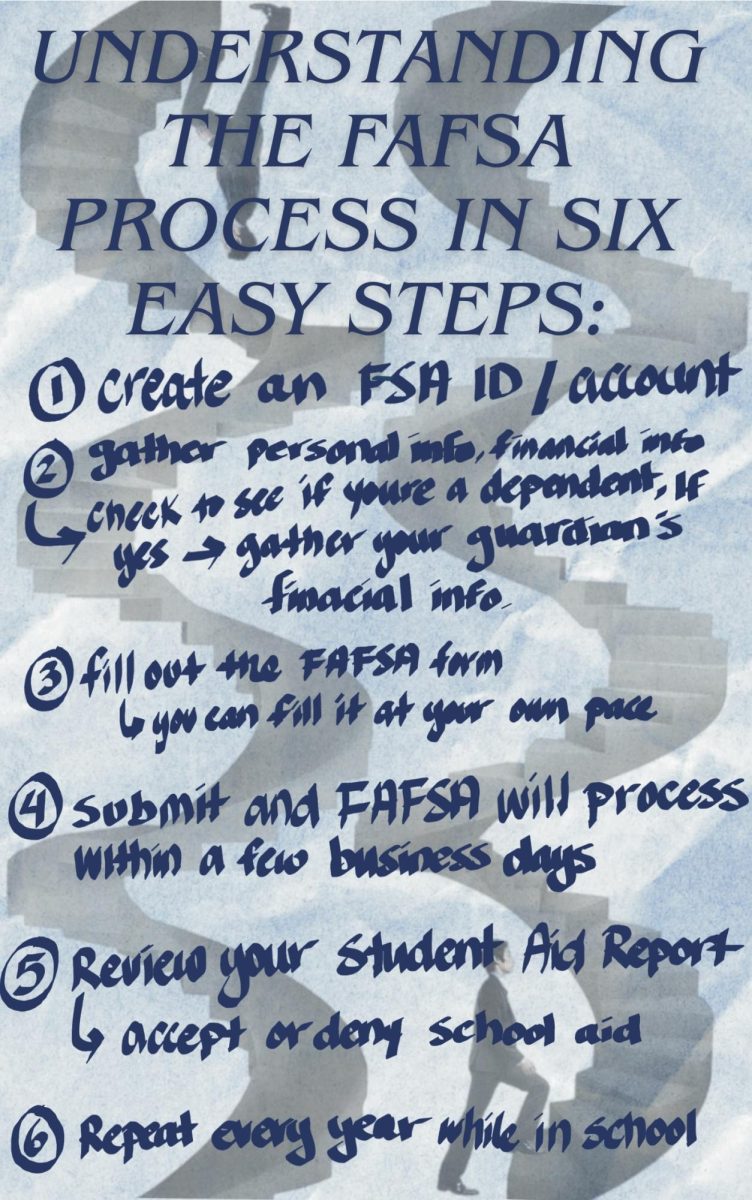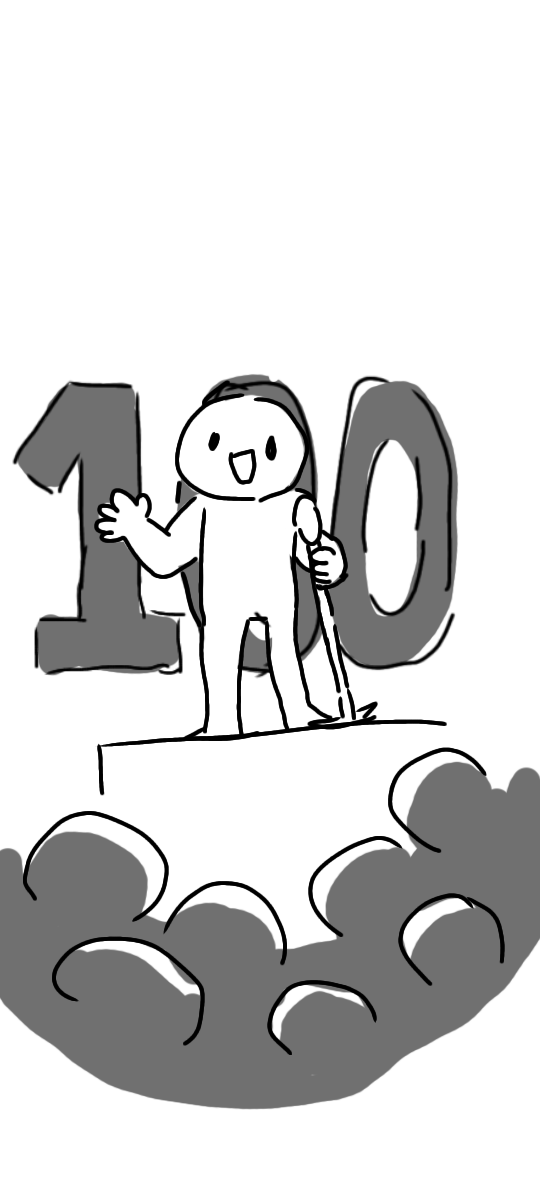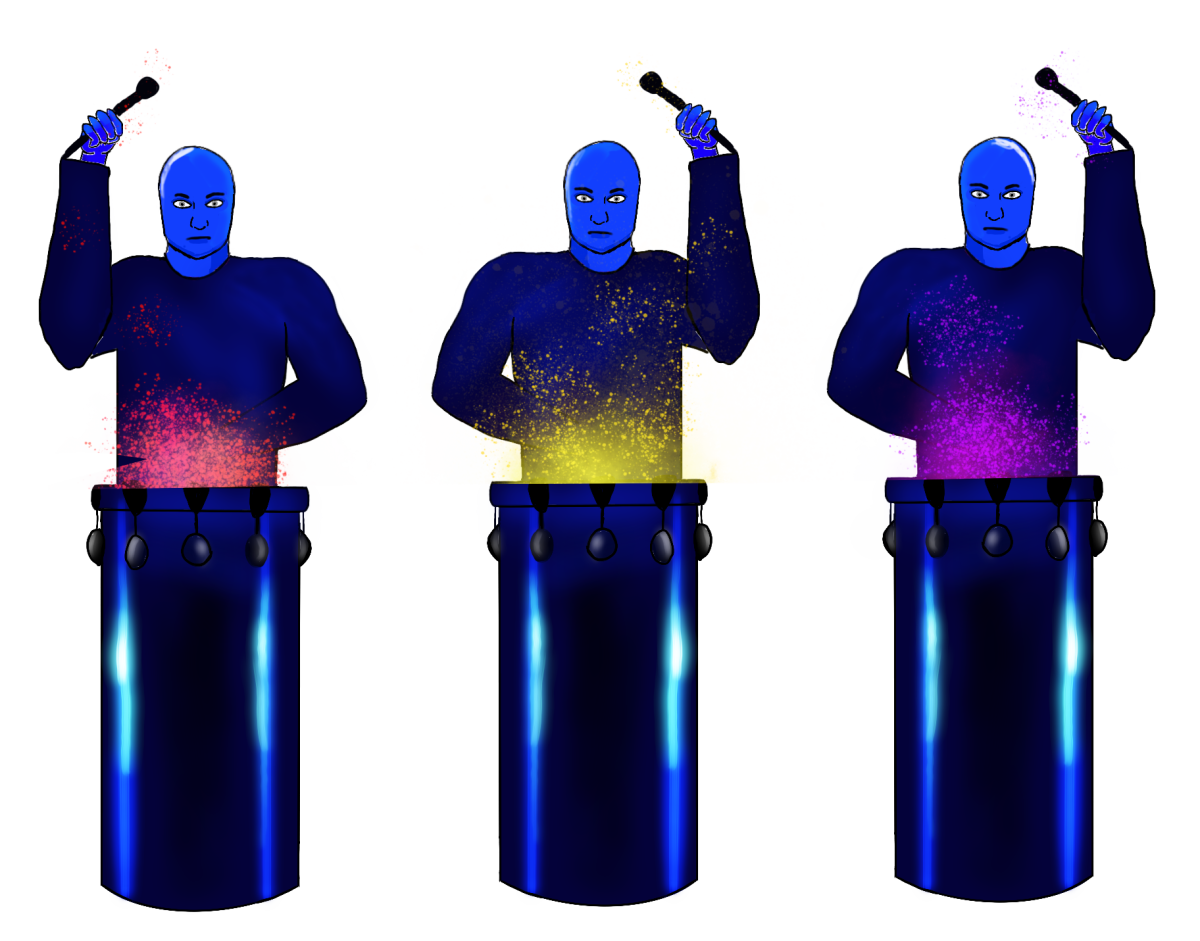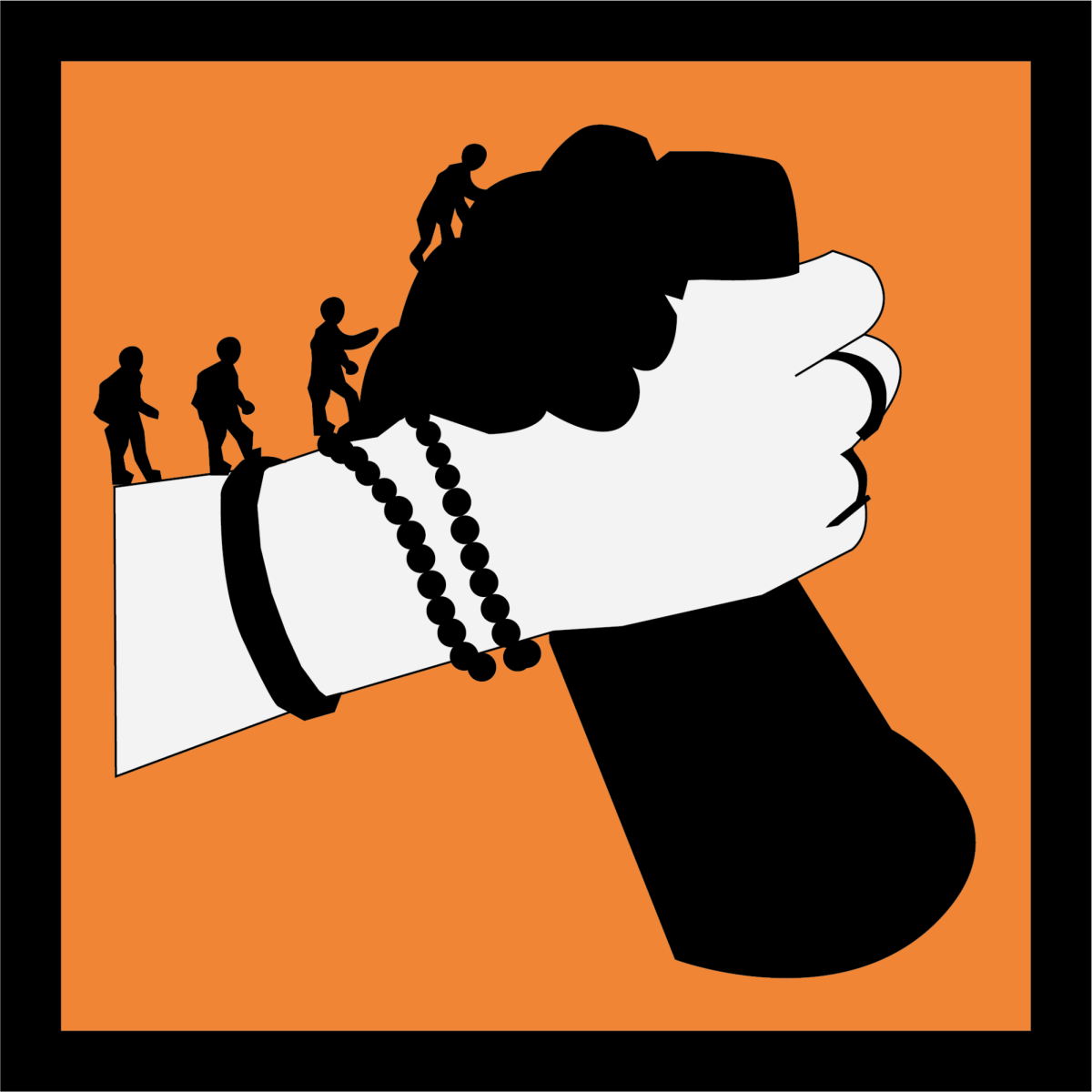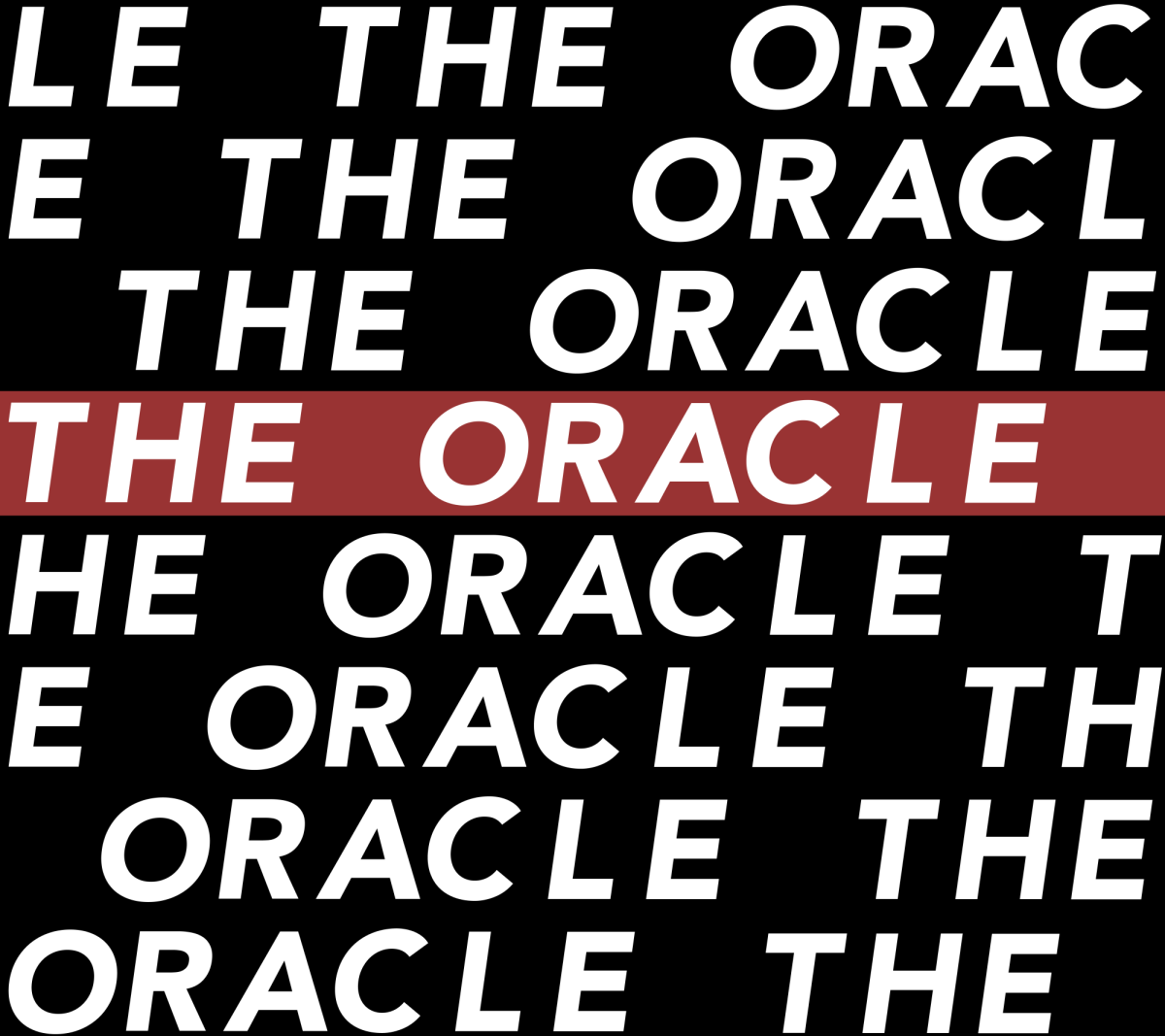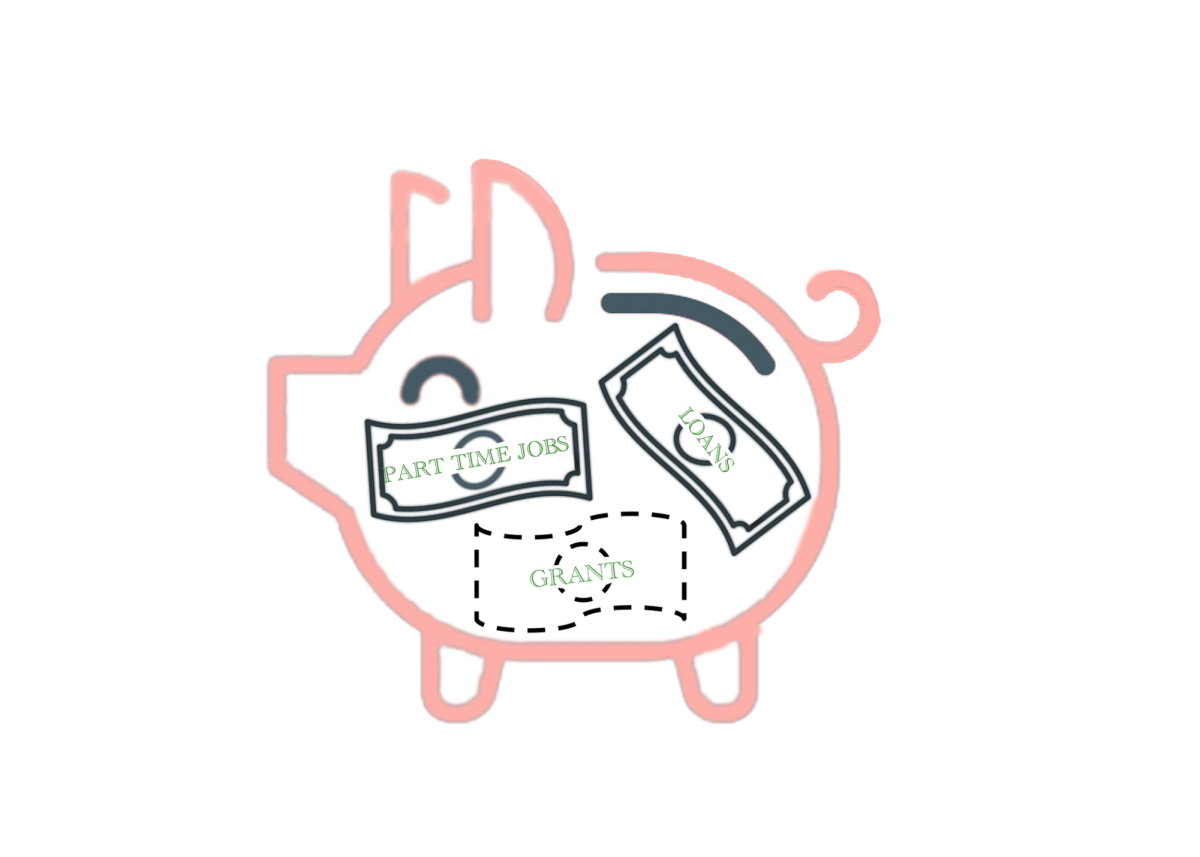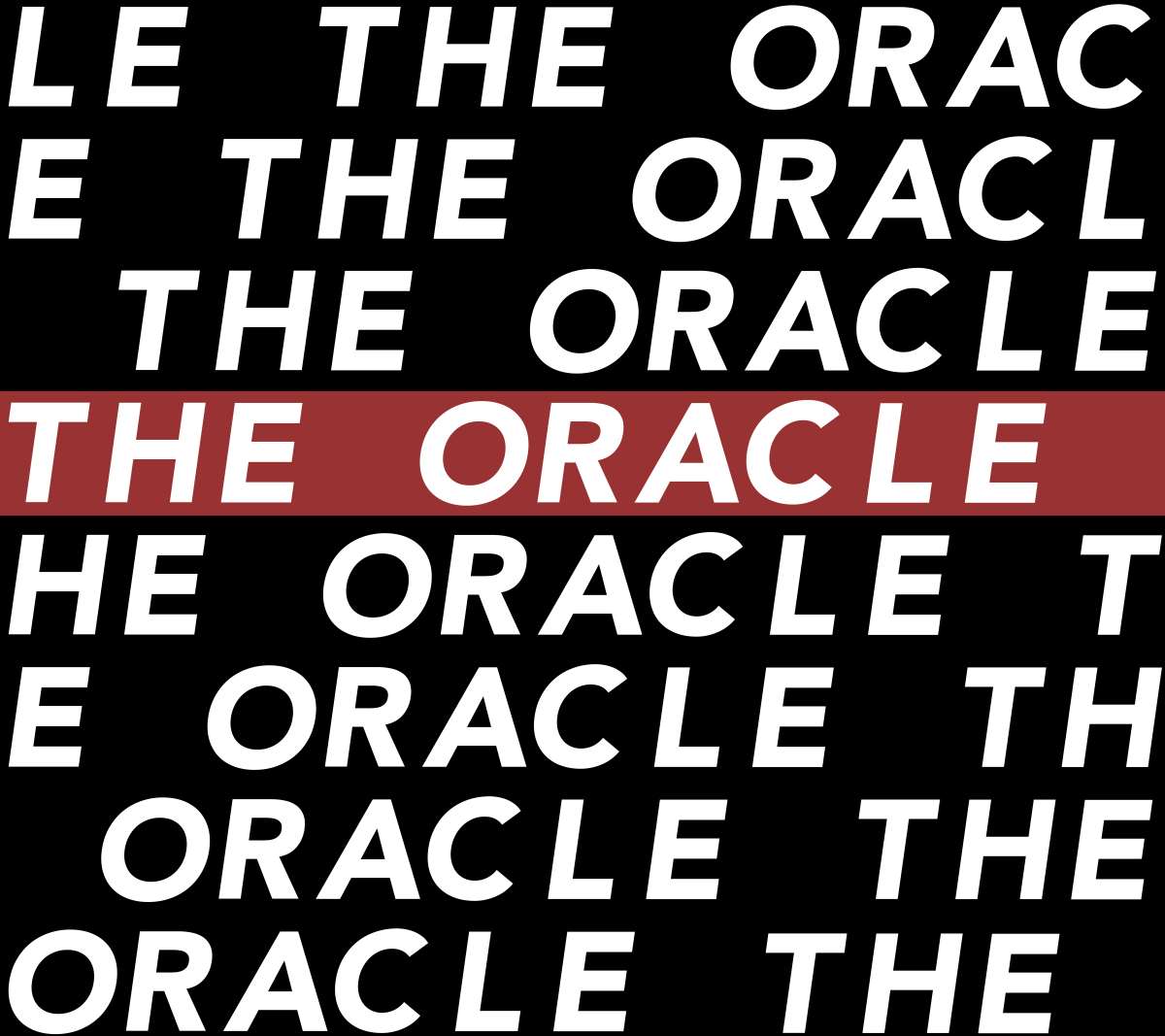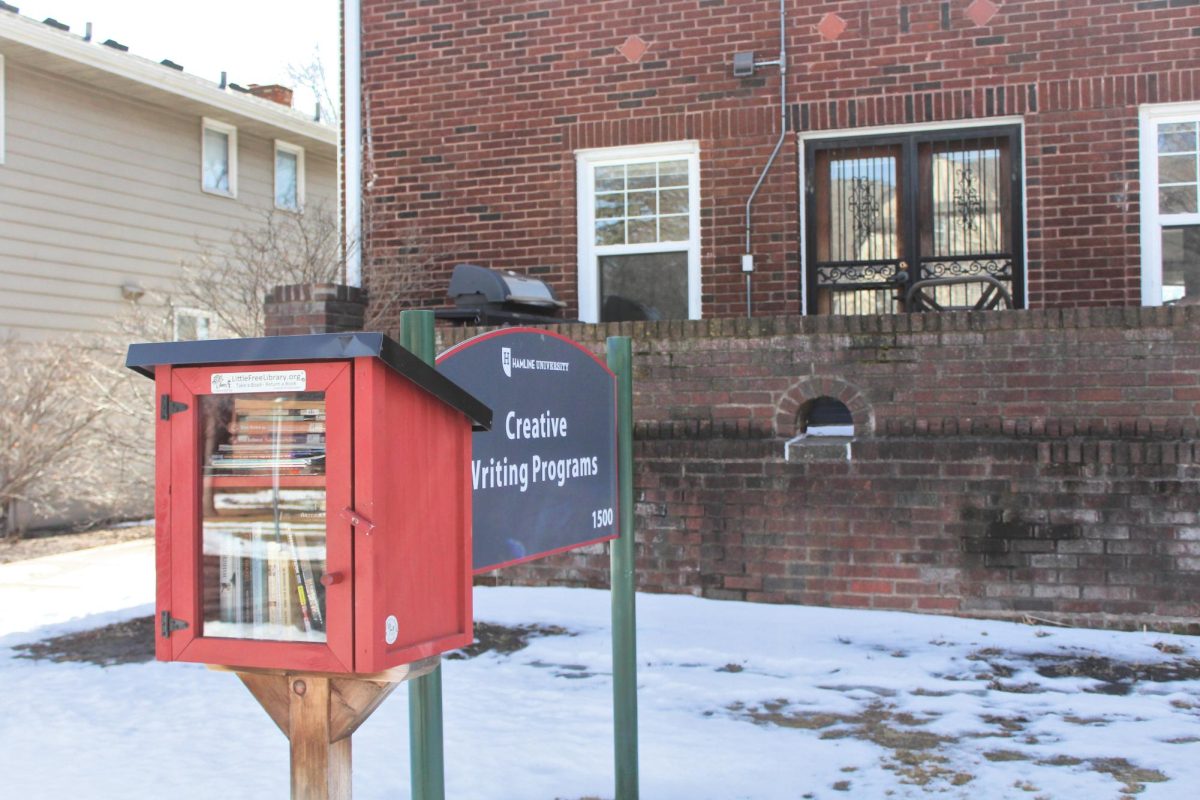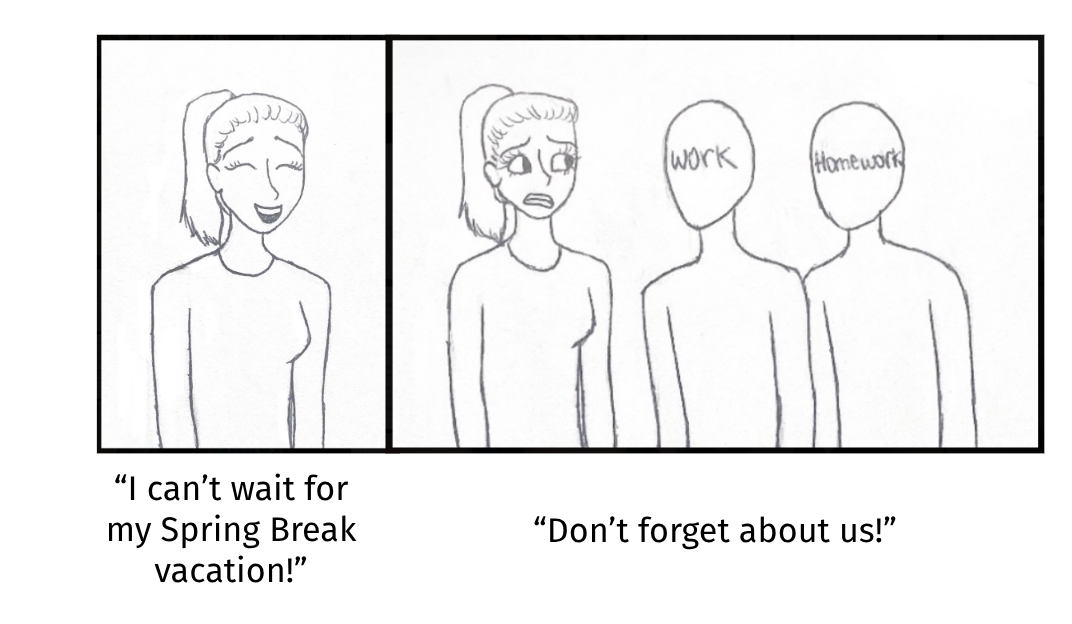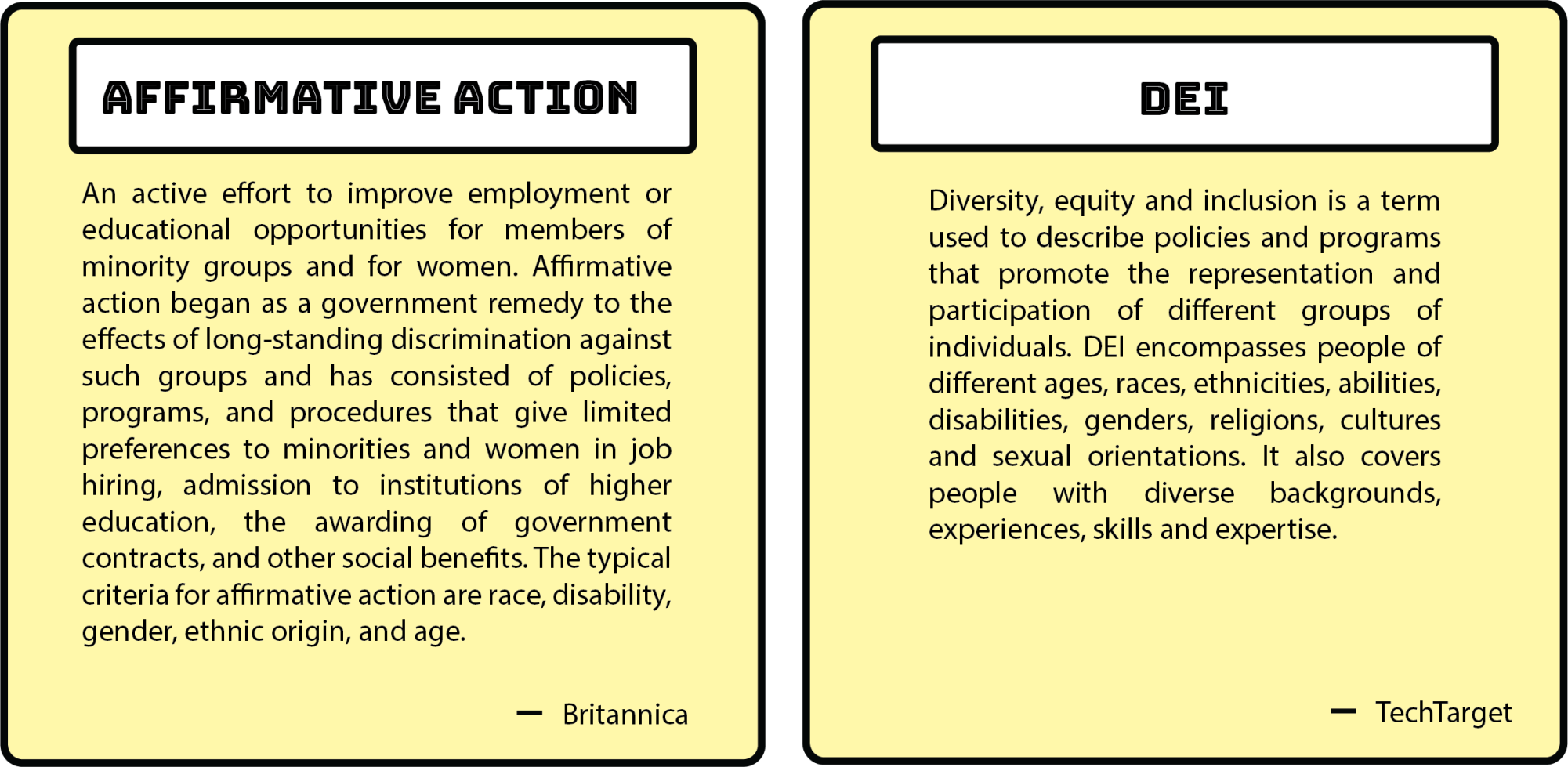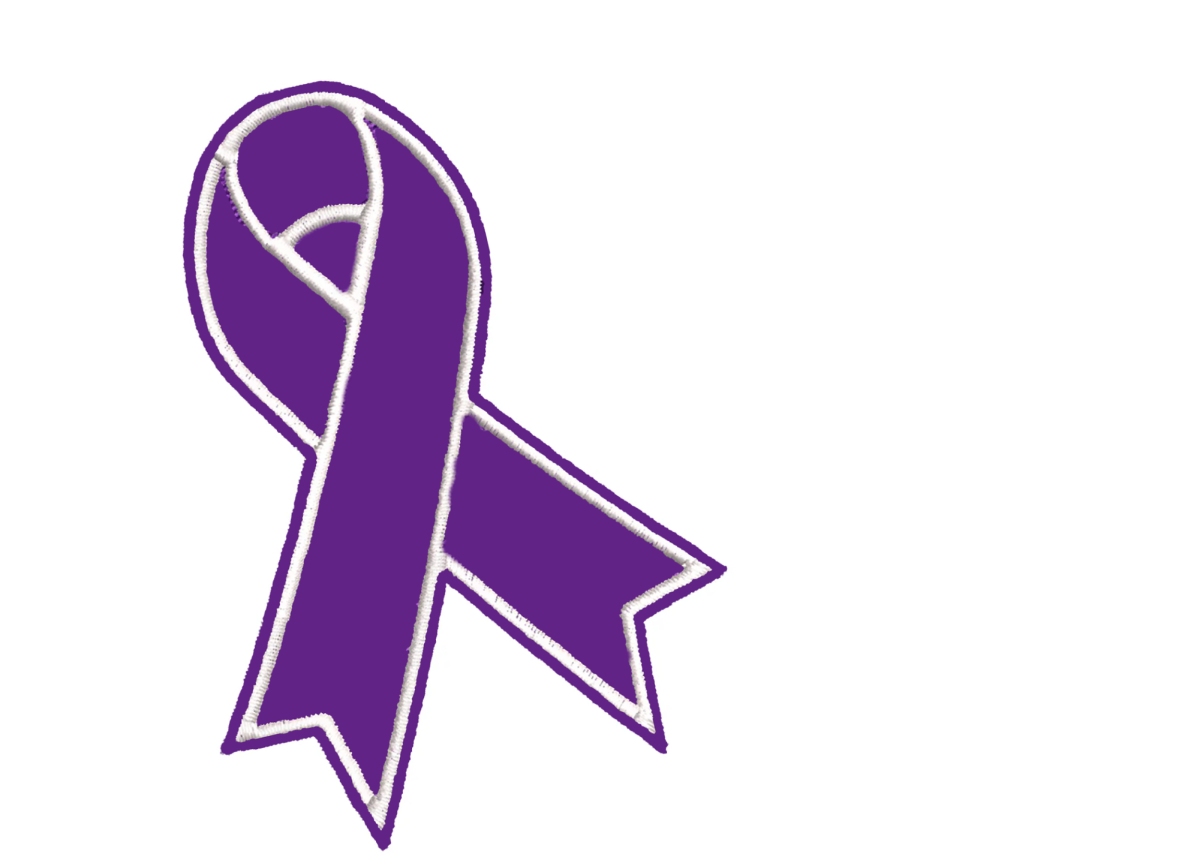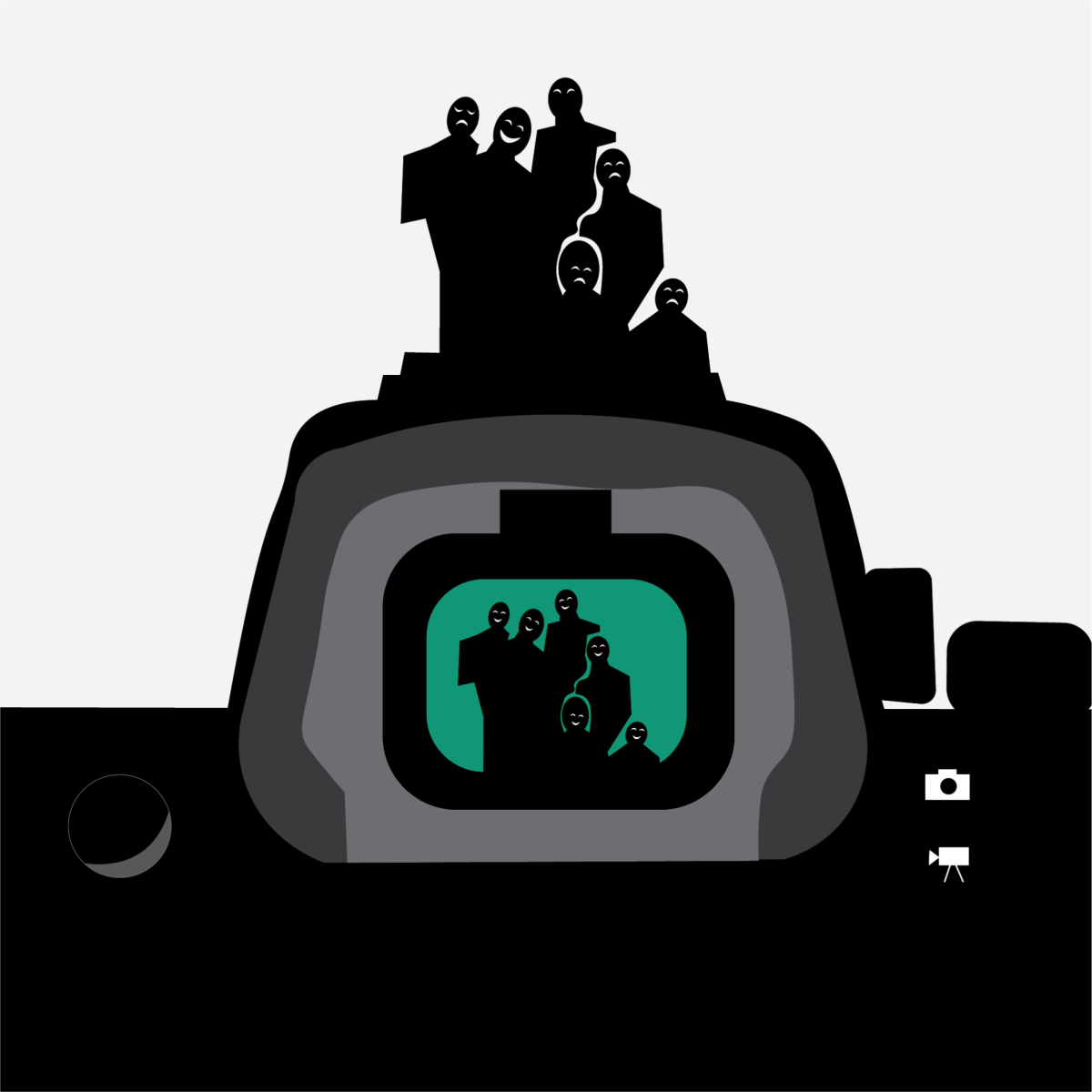With the final part of “Cobra Kai” having premiered on Feb. 13, and many, including myself binging, it only feels right to reflect on why this show is more than just karate. From the very beginning, we see the return of “The Karate Kid” legends Daniel LaRusso (Ralph Macchio) and Johnny Lawrence (William Zabka), reprising their roles as adults. The show explores how their lives have changed since the infamous All Valley tournament, but rather than focusing solely on their rivalry, “Cobra Kai” introduces a new protagonist: Miguel Diaz.
Miguel starts as a bullied, overlooked kid struggling to adjust to his new high school. He convinces Johnny to train him in karate, leading to the revival of Cobra Kai. However, this is not the Cobra Kai of the past. Johnny, while still teaching the aggressive, hard-hitting “no mercy” style, also instills a sense of honor—something that was missing from his own training. As the show progresses, we see the rise and fall of different antagonists, the return of legacy characters who impart wisdom and troubles and the introduction of Miyagi-Do, Daniel’s dojo emphasizing defense and balance. The tension between Cobra Kai and Miyagi-Do, both among students and senseis, is a recurring theme throughout the show, and many characters switch sides depending on their personal growth.
One of the show’s greatest strengths is its characters and their development. While many arcs are compelling, and I could go on about every single character’s growth, and the show in general, I will speak on a few that stand out: Johnny, Daniel, Miguel, Tory and Robby.
Johnny begins the show as a lost man. Spending his days drinking and fighting with no real path or motivation. He is still haunted by his loss to Daniel decades ago and estranged from his son, Robby. However, throughout the show, we see Johnny evolve into a father figure to Miguel, mend his relationship with Robby, become a world-class karate coach, reconcile with his rival Daniel, and even find love and stability. His fighting style reflects this growth; while he remains true to Cobra Kai’s strength, he embraces the balance and defense of Miyagi-Do, blending the best of both worlds.
Miguel, the heart of the show, undergoes one of the most significant transformations. He starts as a scrawny, bullied teen, then becomes an All Valley champion, only to suffer a devastating injury that leaves him temporarily paralyzed. He struggles with his identity, even having a brief “villain” arc when he gets too deep into Cobra Kai under the wrong senseis. His journey to Mexico to learn about his father, his rivalry-turned-friendship with Robby, and his struggles with relationships all shape him into a mature and well-rounded fighter. It only makes sense for the show to start with Miguel and end with him — his resilience and growth embody Cobra Kai’s central theme.
Tory’s arc is equally compelling. She is introduced as a fierce, aggressive fighter with a troubled home life, forced to provide for her sick mother as a teenager. Her anger and desperation lead to many reckless decisions, including starting the infamous school brawl that paralyzes Miguel and scars Sam. Her training under brutal senseis, including breaking stone with her bare fist, represents her struggle for strength in a harsh world. After her mother’s death, she spirals, yet ultimately finds her footing, becoming a world champion and carving out a future in karate. Watching her go from an isolated, volatile girl to someone with a support system was one of the most satisfying transformations in the show.
Robby’s journey is one of redemption. From being homeless in the first season to becoming a professional fighter in world tournaments, he faces incredible hardship. His fractured relationship with Johnny, his stint in juvie, his rivalry with Miguel and his oscillation between dojos all contribute to his layered character. Though we never see him win his fight against Axel, he accepts it with grace, knowing he would have won had Axel fought with the same honor he had, showing just how much he has matured.
Beyond individual character growth, The show showcases how perspectives change over time. Rivals become friends, enemies find common ground and students surpass their teachers. The blending of karate styles — Cobra Kai’s aggression, Miyagi-Do’s defense, and Eagle Fang’s unorthodox approach — symbolizes the characters’ evolving mindsets. The fights are intense, but they serve as metaphors for the characters’ internal battles, making victories and losses feel deeply personal.
Ultimately, Cobra Kai is a show about growth. It highlights the uphill battle of life, how people change, how enemies can become allies, and how even the most broken individuals can find purpose. While the action and nostalgia are major draws, the true heart of the show lies in its characters’ transformations. Even if one of my favorite characters didn’t get the ending they deserved, (rest in peace Kwon) Cobra Kai gave us a journey filled with redemption, resilience and one of the best conclusions I’ve seen to a show. Cobra Kai has given many the realization that true strength comes from giving it your all, and in other words “no mercy”, but also balance — not just in fighting, but in life itself.
Cobra Kai is more than just karate
Fenani Ahmed, Opinion Editor
February 19, 2025
Categories:
Story continues below advertisement
0
More to Discover


